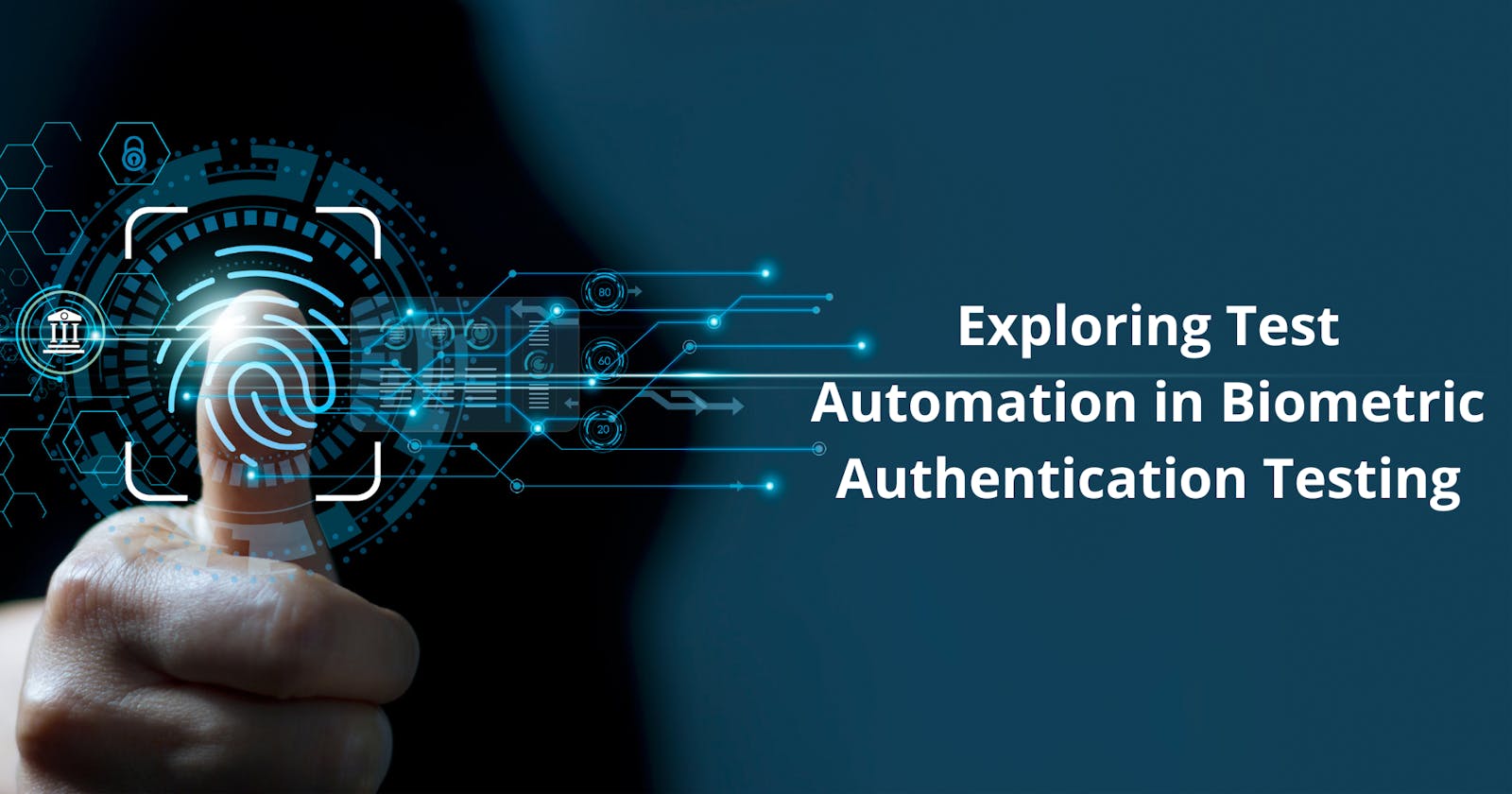Biometric authentication, which uses unique biological traits such as fingerprints, facial features, or iris patterns, has become increasingly popular in various industries, from mobile devices and banking to healthcare and government applications. As the reliance on biometric authentication continues to grow, it is crucial to ensure the reliability and security of these systems. Test automation has emerged as a valuable tool in the field of biometric authentication testing, enabling efficient and thorough evaluation of these systems.
Traditional manual testing methods, although necessary, can be time-consuming and error-prone. Biometric authentication systems involve complex algorithms and interactions between hardware and software components, making it challenging to cover all possible scenarios and edge cases manually. Test automation offers a more systematic and reliable approach to testing these systems, providing several benefits for organizations and developers.
Advantages of Biometric Authentication Testing
One of the primary advantages of test automation in biometric authentication testing is its ability to increase efficiency. Automated test scripts can execute repetitive tasks, simulate a large number of test cases, and perform tests much faster than manual testing. This acceleration allows for more frequent and extensive testing, reducing the time required for the overall development cycle. With automation, developers can detect and fix issues earlier in the process, leading to higher-quality biometric authentication systems.
Furthermore, test automation improves test coverage by enabling the execution of a wide range of test cases. Biometric authentication systems must handle various scenarios, such as successful authentication, failed authentication attempts, spoofing attacks, and system failures. Automation ensures that all these scenarios are thoroughly tested, reducing the risk of undetected vulnerabilities or weaknesses. By automating repetitive tests, testers can focus on more complex and creative test cases, enhancing the overall test coverage and the system's resilience.
Accuracy and consistency are also enhanced through test automation. Manual testing can be subject to human error, leading to inconsistencies in test execution and results. Automated tests, on the other hand, precisely follow predefined test scripts, ensuring consistent test execution and accurate comparison of results. This consistency improves the reliability of test outcomes and facilitates the identification of patterns or trends in system behavior, enabling more effective debugging and issue resolution.
Test automation in biometric authentication testing also promotes scalability. As organizations expand their user base or introduce new biometric authentication methods, it becomes crucial to test the system's performance under various conditions. Automation allows for the creation of scalable test environments, where multiple virtual users or devices can be simulated to test system response and stability. This scalability ensures that the system can handle increased user loads without compromising its performance or security.
While test automation offers significant benefits, it is important to consider certain challenges and limitations. Biometric authentication systems rely on real-world physiological or behavioral characteristics, which can introduce variability in test scenarios. Developing automation scripts that account for this variability and cover a wide range of possible inputs can be complex. Additionally, the security and privacy considerations associated with biometric data must be addressed in the test automation process to ensure compliance with regulations and protect user information.
Conclusion
Test automation plays a vital role in biometric authentication testing, offering increased efficiency, improved test coverage, accuracy, consistency, and scalability. By leveraging automated testing tools and frameworks, developers and organizations can ensure the reliability, performance, and security of biometric authentication systems. While challenges exist, advancements in test automation technologies and methodologies continue to address these issues, making it an indispensable asset in the evaluation and validation of biometric authentication solutions.
